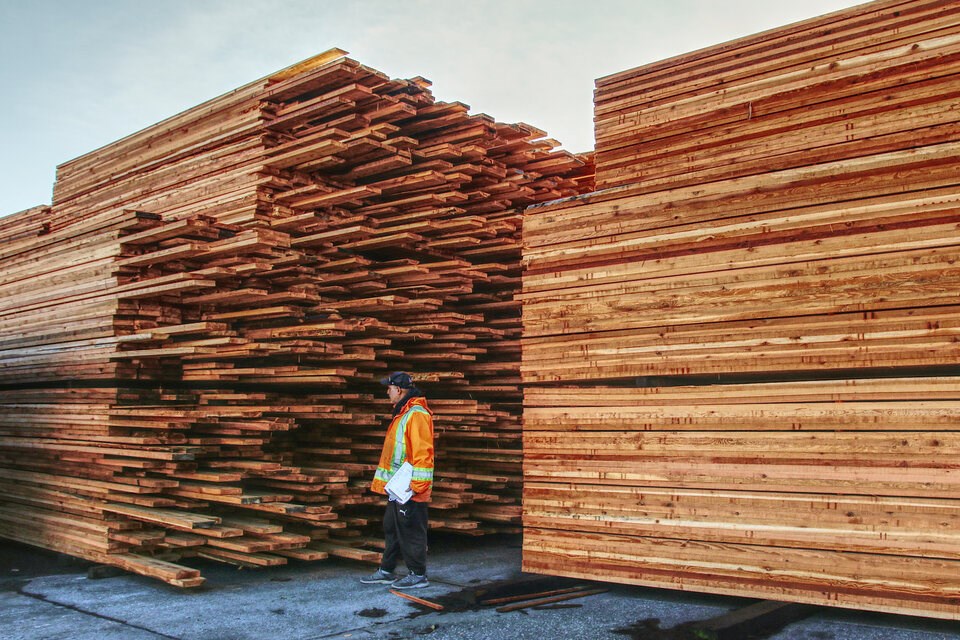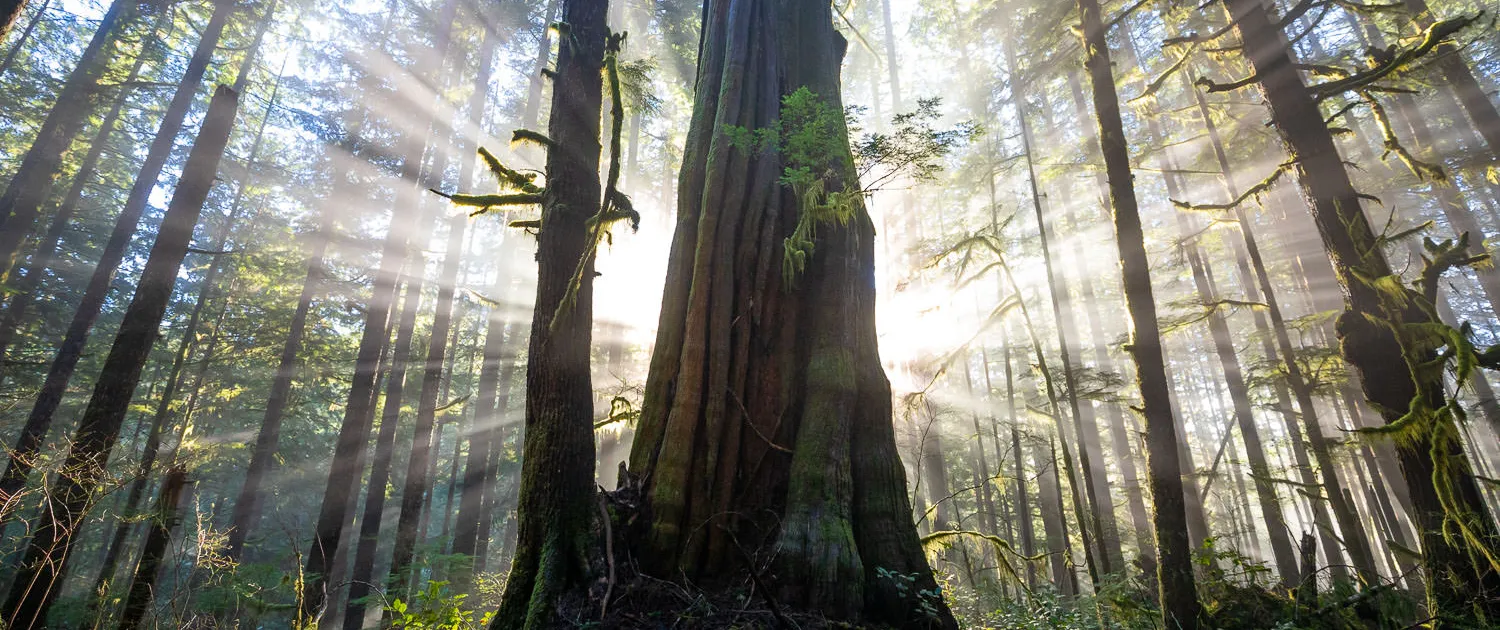 Aug 1 2012
Aug 1 2012More logging won’t cure forestry trade’s ills
The B.C. Liberal government stirred up controversy recently by proposing to remove scenic forest protections in the Harrison, Chehalis and Stave Lakes regions near Vancouver. Their “quick-fix” attempt to provide more timber for logging fails to recognize that the coastal forest industry’s 20-year decline has fundamentally been driven by their own resource depletion policies.
The overcutting of the biggest and best old-growth stands in the lowlands that historically built the industry has resulted in diminishing returns as the trees get smaller, lower in value, and harder to reach. Today, more than 90 per cent of the most productive old-growth forests in the valley bottoms on B.C.’s southern coast are gone, according to satellite photos.
This practice of high-grade resource depletion and the accompanying job losses in B.C.’s forests has its parallels throughout the history of unsustainable resource extraction. As always, those responsible for the crisis deny all evidence that the resource is being over-exploited — until the very end.
Unless the B.C. government reorients the coastal forest industry toward sustainable, value-added second-growth forestry — rather than old-growth liquidation, overcutting and raw log exports — the crisis will only continue.
In a report for the B.C. Ministry of Forests (Ready for Change, 2001), Dr. Peter Pearse described this history of high-grade overcutting: “The general pattern was to take the nearest, most accessible, and most valuable timber first, gradually expand up coastal valleys and mountainsides into more remote and lower quality timber, less valuable, and costlier to harvest. Today, loggers are approaching the end of the merchantable old-growth in many areas … Caught in the vise of rising costs and declining harvest value, the primary sector of the industry no longer earns an adequate return …”
The virtual elimination of old-growth Douglas firs — 99 per cent of them — and Sitka spruce on B.C.’s southern coast has been followed by the current high-grading of cedars, previously a lower-value species. Next in line are the smaller hemlocks and Amabilis firs, sought by new Chinese markets.
However, the B.C. government’s PR spin still aims to convince all that our monumental ancient forests are not endangered. They do this by statistically lumping in vast tracts of old-growth “bonsai” trees in bogs and stunted, slow-growing “snow forests” at high elevations, together with the productive stands with moderate to fast growth rates, i.e. the areas with large trees where almost all logging takes place.
It’s like combining your Monopoly money with your real money and then claiming to be a millionaire, so why curtail spending?
As our old-growth forests are eliminated, so too are the human and natural communities that depend on them.
B.C.’s coastal forest industry, once Canada’s mightiest, is now a mere remnant of its past. Over the past decade, more than 70 B.C. mills have closed and over 30,000 forestry jobs lost. As old-growth stands are depleted and harvesting shifts to the second-growth, B.C.’s forestry jobs are being exported as raw logs to foreign mills due to a failure to retool our old-growth mills to handle the smaller second-growth logs and invest in related manufacturing facilities.
In his 2001 report, Pearse also stated: “Over the next decade, the second-growth component of timber harvest can be expected to increase sharply, to around 10 million cubic metres … To efficiently manufacture the second-growth component of the harvest, 11 to 14 large mills will be needed.” Today, more than a decade later, there is only one large and a handful of smaller second-growth mills on the coast.
Similarly, B.C.’s wildlife are being pushed to the brink by old-growth depletion. More than a thousand spotted owls once inhabited the Lower Mainland’s old-growth forests. Today, half a dozen individuals survive in B.C.’s wilds. The unique Vancouver Island wolverine — a 27-kilogram, wilderness-dependent mustelid that can fight off a bear — hasn’t been seen since 1992. Only 1,700 mountain caribou remain as logging has fragmented B.C.’s inland rainforest. Coastal rivers and streams, once overflowing with spawning salmon, are now sad remnants of their former glory, degraded by logging debris and silt.
It’s not like we haven’t had chances to learn. The pattern of resource depletion, ecosystem collapse, and ensuing unemployment has long been paralleled in our oceans where “fishing down the food chain” from larger to smaller species has caused successive stocks to collapse. Thousands of jobs have been shed along the way.
The most prominent example of this was the loss of 40,000 Canadian fishing jobs with the collapse of the North Atlantic cod stocks, once the world’s richest fishery. In B.C., giant Chinook salmon or “tyees” were once common, and smaller species like pink salmon were heavily targeted only when the preferred species declined. Since the commercial salmon industry’s peak in the 1980s, thousands of fishing jobs have been lost, and the effects of habitat destruction, climate change and fish farm parasites on wild salmon now compound the problem.
The B.C. Liberal government’s myopic response to their own resource depletion policies is to try to open up protected forest reserves. It’s like burning up parts of your house for firewood after you’ve used up all your other wood sources. It won’t last long, and in the end you’re a lot worse off.
To try to defer the consequences of unsustainable actions with more unsustainable actions is precisely what has brought this planet to the ecological brink.
The B.C. government has a responsibility to learn from — rather than to repeat — history’s mistakes. They must forge a new path based on old-growth protection, value-added second-growth forestry, and a diversified green economy.
Ken Wu is the executive director of the Ancient Forest Alliance.






